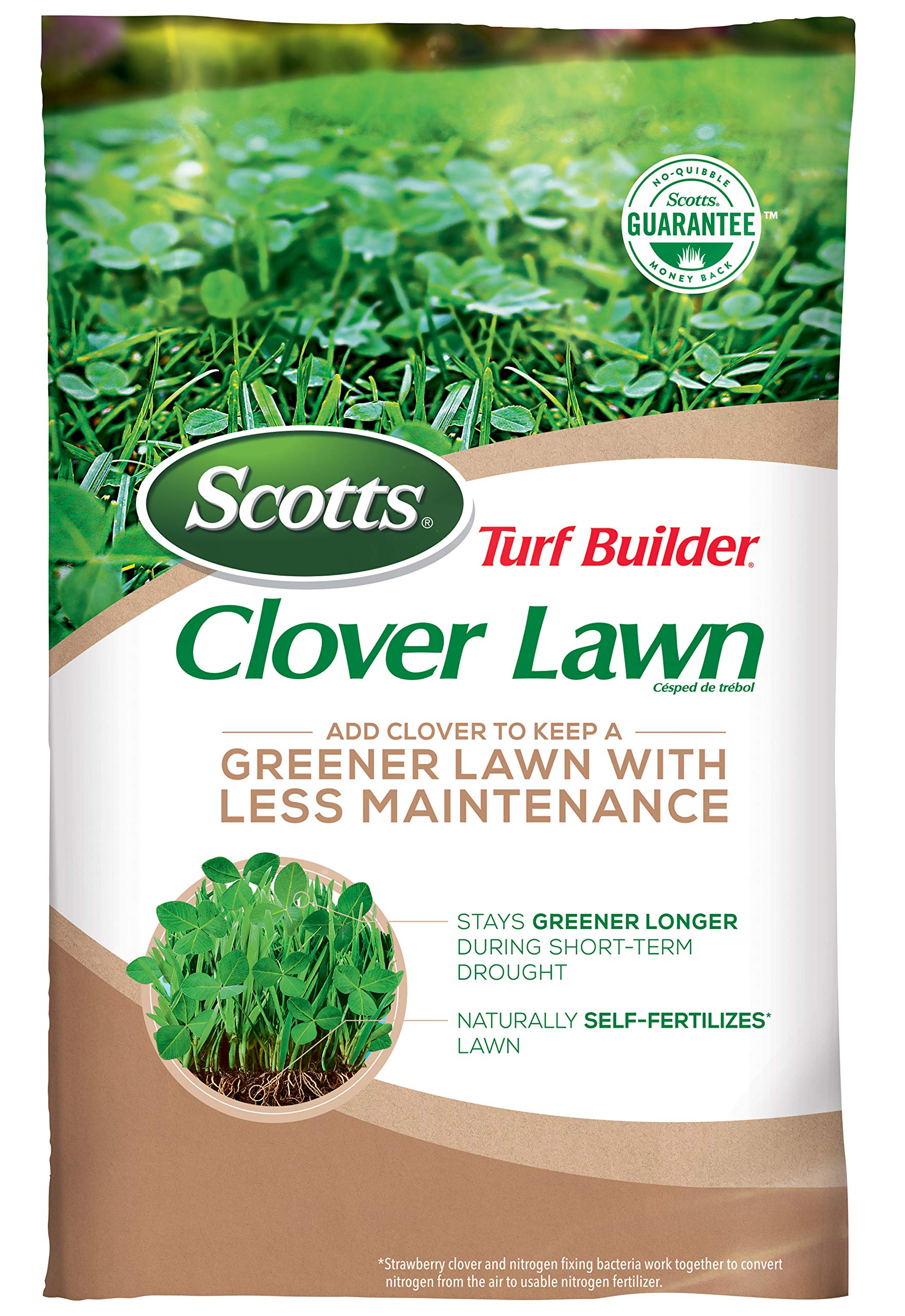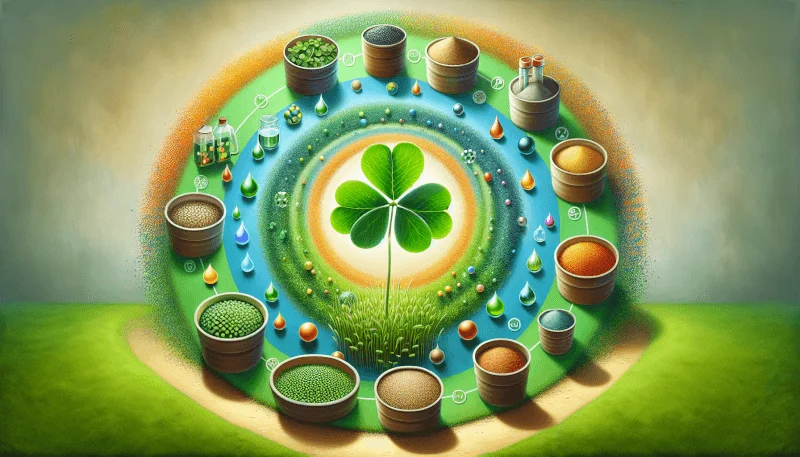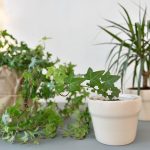Okay, folks, gather ’round. Let’s talk about clover and whether it’s one of those prima donna plants that needs constant feeding. I’ve been messing around with clover in my yard for a good few seasons now, and I’ve got some thoughts based on what I’ve actually seen and done.
My First Clover Patch – The Naive Approach
So, when I first decided to get some clover going – mostly to fill in some sad-looking patches in the lawn and because, hey, bees love it, right? – I didn’t even think about fertilizer. My thinking was pretty straightforward: plants grow in dirt, clover is a plant, so it should just, you know, grow. I prepped the soil a bit, just loosened it up, scattered the seeds, watered them, and then I waited. And you know what? It grew! Not like crazy, super-lush, magazine-cover growth, but it came up, established itself, and started spreading. That was my first clue.

Digging a Little Deeper (Literally and Figuratively)
After that initial success, I got a bit more curious. I started reading up, chatting with other gardening folks. The big thing everyone kept mentioning was that clover is a legume. And legumes, they do this neat trick: they pull nitrogen right out of the air and fix it in the soil. Nitrogen is like the main course for most plants, the stuff that makes them green and leafy. So, the general wisdom was, “Nah, clover doesn’t need nitrogen fertilizer; it makes its own!”
That made sense to me. If it’s making its own main nutrient, why would I add more? It’s like bringing a sandwich to a free buffet. But then I saw some folks talking about other nutrients. Phosphorus (P) and Potassium (K) – the other two big numbers on fertilizer bags. The argument was that while clover is self-sufficient with nitrogen, a boost of P and K could help with root development and overall vigor, especially when it’s just getting started or if your soil is generally a bit rubbish.
Time for Some Experiments
Alright, so I decided to test this out myself. I had a few different areas I was working with.
- Area 1: The Control Patch. Just clover, plain old soil, regular watering. Same as my first attempt.
- Area 2: The “Maybe a Little Help?” Patch. Here, I decided to try a fertilizer that was low in nitrogen but had a decent amount of phosphorus and potassium. I remember seeing some specialty fertilizers, things with NPK ratios like 3-18-18, marketed for things like this, promising super vibrant growth. I didn’t go out and buy that exact one, but I found something with a similar profile – low N, higher P and K. I figured, if the clover is making its own nitrogen, adding a ton more might just make the grass around it go wild and choke out the clover.
I applied the low-nitrogen, high P&K stuff to Area 2 once, early in the season, just as the clover was really starting to take off. Then I just watched and waited, comparing it to Area 1.
What I Saw With My Own Eyes
So, what happened? Well, the clover in Area 1, the control patch, did just fine. It grew, it flowered, it looked perfectly healthy. No complaints there.
Now, Area 2, where I used that bit of extra P and K? Honestly, it did seem a bit more robust. The growth was a little denser, the color perhaps a tad deeper green, and it seemed to spread a bit more vigorously in the initial phase. It wasn’t a night-and-day difference, mind you. It wasn’t like Area 1 was struggling and Area 2 was a clover paradise. But there was a subtle, noticeable boost. Especially in the first month or two.
I also noticed something else. In areas of my lawn where the soil is really poor and compacted, the clover I planted without any help sometimes took a bit longer to get established. In those really tough spots, a little bit of that P and K kick seemed to help it get its roots down and compete better with the existing sad grass or weeds.

My Takeaway After All This Fiddling
So, after all this, does clover need fertilizer? My honest answer is: generally, no, not really. It’s a pretty self-sufficient plant, especially with its nitrogen-fixing superpower. If you have reasonably decent soil, your clover will likely thrive with just regular watering and sunlight.
However, if you’re dealing with really poor soil, or if you want to give your new clover seedlings a bit of an extra push to establish quickly and vigorously, then a light application of a fertilizer that’s low in nitrogen but higher in phosphorus and potassium can be beneficial. Think of it as giving it a vitamin shot rather than a full meal. It can help with root development and overall plant health, making it more resilient.
I definitely wouldn’t go blasting it with high-nitrogen lawn fertilizer. You’re more likely to supercharge any grass growing with it, and the clover might get overshadowed. The beauty of clover is its low-maintenance nature. For me, most of the time, I just let it do its thing. But it’s good to know that if it needs a little nudge, focusing on P and K is the way to go, not N.
So, that’s my two cents, based on what I’ve muddled through in my own yard. Happy planting!



















